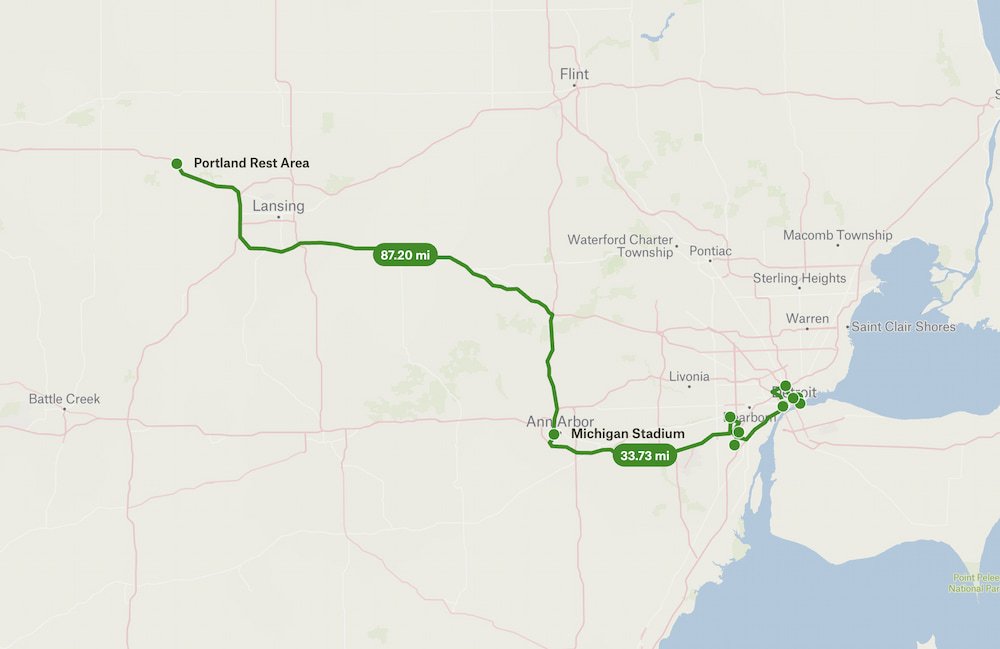We woke up to another hot day, planning to visit the places we didn't get a chance to go to yesterday in Detroit, before making our way to Ann Arbor by the evening. After a passing through Dequindre Cut (a pathway and green space with lots of murals), we visited St Joseph Shrine, a Catholic church in Detroit that was the tallest building in Detroit when it was opened in 1892, thanks to its shrine. It's a lovely church, although admittedly we'd been spoiled by the incredible craftsmanship and opulence of churches like the Cathedral Basilica of St. Louis in Missouri, and the Basilica of St. Josephat in Milwaukee.

Detroit has a ton of incredible murals, including the one of Stevie Wonder that we saw yesterday, as well as a variation of Johannes Vermeer's famous "Girl with a Pearl Earring" painting: the "Girl with a D Earring" is of a black girl with a "D" earring that stands for Detroit. We also went past the city's Eastern Market, one of the oldest continuously running markets in the country. The farmer's market is open on the weekends and fortunately, on the Tuesday that we drove past, so we saw more murals as well as people walking around to browse the stalls filled with seasonal fruit and vegetables, cured meats, and other produce.
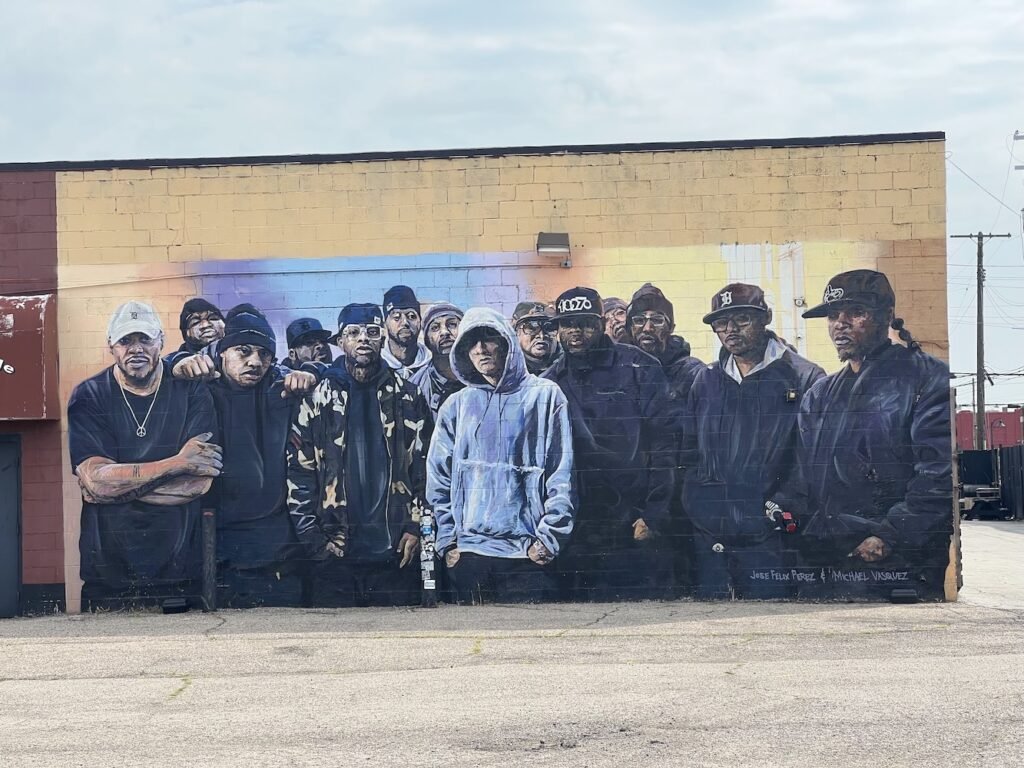
A Taste of Africa
Speaking of food, however, Lisette had her heart set on trying a dish from Baobab Fare, a restaurant founded by refugees from Burundi, who create dishes from East Africa, and also sell curated sauces, coffee & beverages, chocolate, jewelry, and apparel. We haven't tried food from Burundi, so we ordered the "Intore"--a fragrant eggplant stew, which was served with stewed spinach, yellow beans, fried plantains, a spiced pilau and spiced coconut rice! Intore is also the name of a traditional dance in East Africa, so it seemed like the perfect dish to try since Lisette loves dancing. And it was absolutely delicious! Each bite was rich in flavor, with so many different spices dancing in our mouths with each bite. The dish also came with a small container of their homemade hot sauce, which added another layer to delectable meal. We definitely recommend it, and if we were there for longer, would definitely sample the other dishes on the menu. Clearly the restaurant is very popular, as the tables were full when we were there, and the restaurant has a great design and ambience (lots of bright yellow and other vibrant colors both inside and outside). Now we want to travel to East Africa to explore, but definitely to continue eating food like this!

We were on an African theme, as our next stop was the Dabls Mbad African Bead Museum and Gallery, a cultural museum with a sculpture garden, as well as painted wall displaying handmade beads & crafts. We met the founder, Olayami Dabls, who has worked as a visual story teller using a wide range of materials for more than 45 years. He was sitting outside the bead store/museum, where we saw hundreds of different beads from all over Africa, some which were hundreds of years old! There were beads made from bone, shells, seeds, glass, wood, and were all different shapes, colors, and styles. Olayami started selling beads after meeting a man from Africa who was showing his collection of beads at a fair, and he saw beads as a great introduction to African culture for him and for many others.



Next to the bead store is the sculpture garden, which has various art installations using materials including iron, rocks, wood and mirrors, detailing the political and social relationships between Africa and Europe over the centuries. It was a really unique visit, and we got a small glimpse into the role that materials like beads play into the history and culture of people from Africa and the African diaspora.
Michigan Central
Michigan Central was historic former main intercity passenger rail station in Detroit. It was the tallest rail station in the world when it was built, and closed 1988 when the train service was relocated. Here it sat, abandoned and dilapidated, for years, becoming one of the chief visual representations of Detroit's decline as a once prosperous and thriving city.






It would have continued to have been sitting and decaying--or perhaps torn down entirely--had it not been purchased by the Ford Motor Company for $90 million in 2018, for it to be renovated as a multi-purpose building. Today, it's a tech and cultural hub, with offices, stores, multiple outdoor plazas, and programs focused on developing the future of urban transportation innovation. We walked into the building and were in awe of the restoration that's been done inside. It looks as shiny and new as it was when it first opened, in all its glory and devoid of the graffiti and rubble it had just a few years ago. It's even more impressive seeing the ornate columns, lofty ceilings, shiny huge windows, and dazzling chandeliers compared to photos of what it looked like in disarray in the same room. There were even construction workers standing in the building with us, talking about what an impressive restoration feat this was! There's a part of Michigan Central that has also been renovated, but kept some of the graffiti on the walls, as a reminder of the immense and costly restoration project conducted.
On our way to our next stop we tried to see the Uniroyal Giant Tire, which was created by the United States Rubber Company for the 1964 New York World's Fair, and used as a Ferris wheel. Unfortunately it's along the highway and obstructed by roads, trees and a railway line. We stopped to park and Michael attempted to walk across the tracks, but was honked at loudly by the train driver (the carriage wasn't moving at the time), so we'd give this a miss on the list.
Henry Ford Museum of American Innovation
We've had to be selective about the museums to visit (there are so many all around the country, and we'd be broke and run out of time if we went to all of them!), but we'd read such positive things about the Henry Ford Museum of American Innovation (currently over 30,000 reviews average 4.8/5 on Google), so we had to check it out.

There are different ticket options, and we chose to focus only on the Museum of American Innovation (there's also tickets to see Greenfield Village--the neighboring open-air museum that has artifacts from famous Americans, as well as a Ford Rouge factory tour and a Giant Screen Experience). Our tickets cost $36 online.
The Museum of American Innovation is HUGE (9 acres!), so to get your money's worth, it's best to spend a few hours here, which we did, although our brains were definitely overloaded with information by the end of our visit! The Museum doesn't focus only on Ford artifacts and innovation--it's a museum that includes American innovation from a variety of topics, including automobiles, aircraft, trains, modular housing, and so much more.


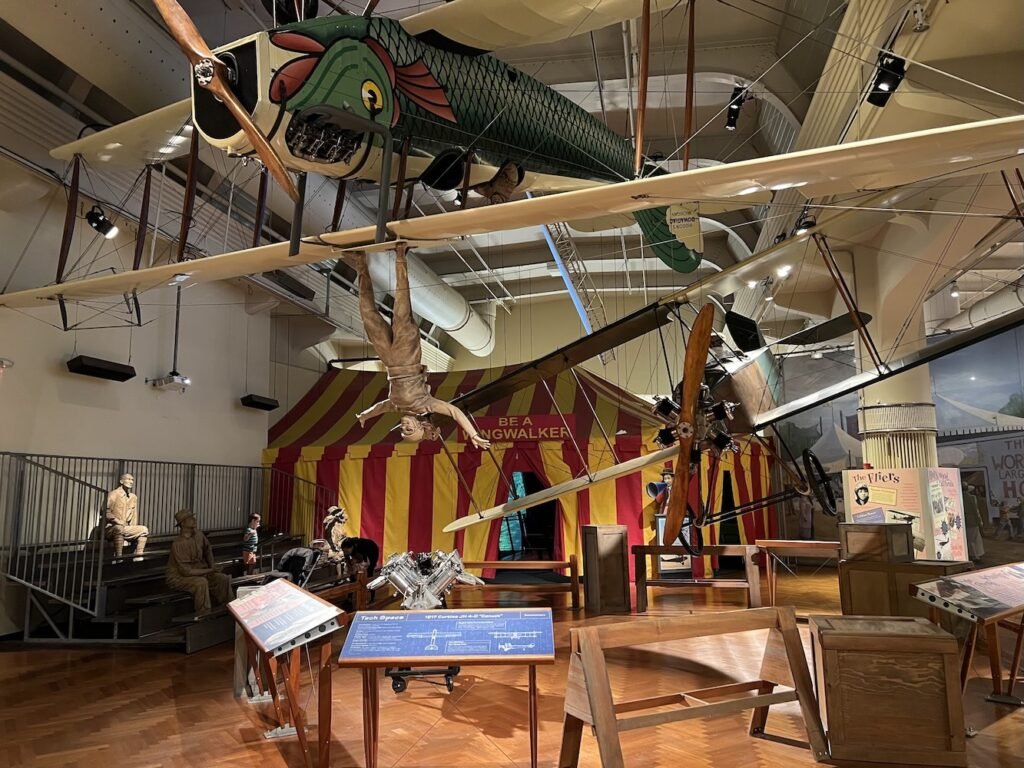

Some of the highlights for us included seeing only one of two remaining Dymaxion Houses, a mass-produced, affordable, and environmentally efficient house. Circular in design, it had some cool features that were probably ahead of its time, including a lightweight and portable circular construction, natural ventilation (you couldn't open the windows), rotating shelves for the closet, and the ability to collect and reuse water. While there was interest by many consumers for the Dymaxion House, the inventor, R. Buckmeister Fuller, stubbornly resisted to any requests for modifications to his design, preferring to walk away from the project entirely rather than allowing the houses to be tweaked and sold!


We also saw the cars used by former US presidents, including the car that JFK was assassinated in. Surprisingly, the car was fixed up so that later presidents used it (Lisette felt like she'd be superstitious and not want to ride in a car where someone had been killed if she was in this position, but I guess it's common for presidents to ride in the same car as their predecessors, no matter what). We also loved seeing all the different modes of transportation, and exhibits showing the vehicle looking like it'd been sliced across, showing all the components and mechanisms inside.

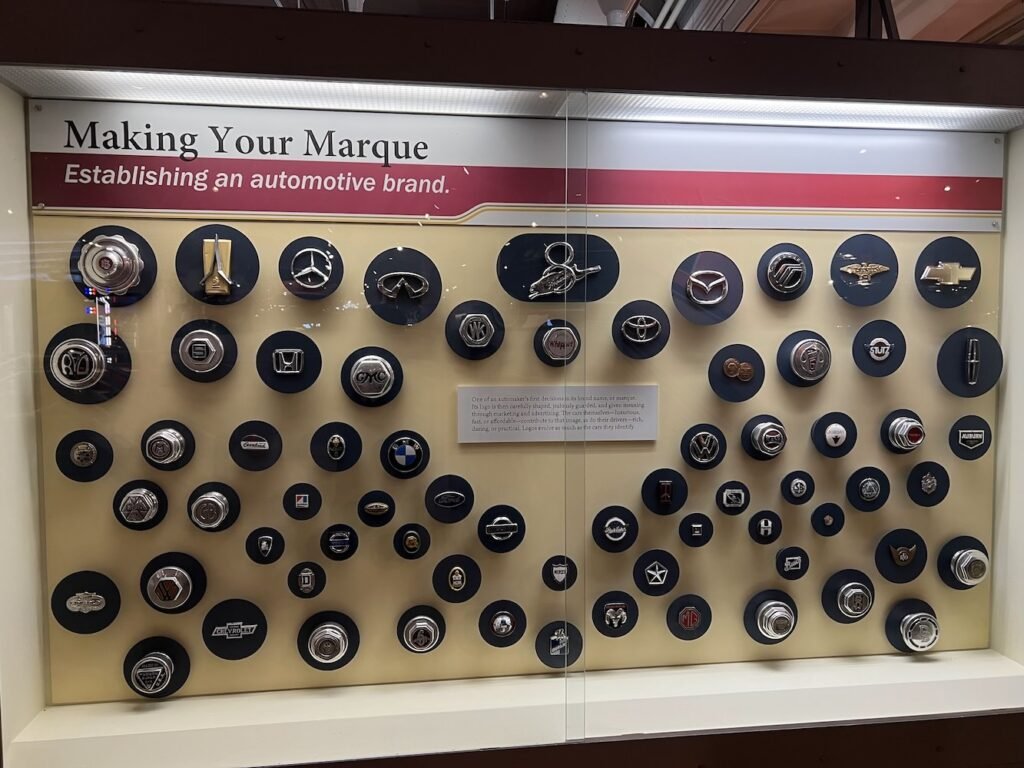


One of the quirkiest exhibits we've ever seen was in this museum! "Edison's Last Breath" is of Thomas Edison's apparent last breath, contained in a test tube! This test tube was one of several standing open in a rack in the bedroom where the famous inventor died in 1931. Thomas Edison's son, Charles, sent it to Henry Ford, who was a friend and mentee of Edison.

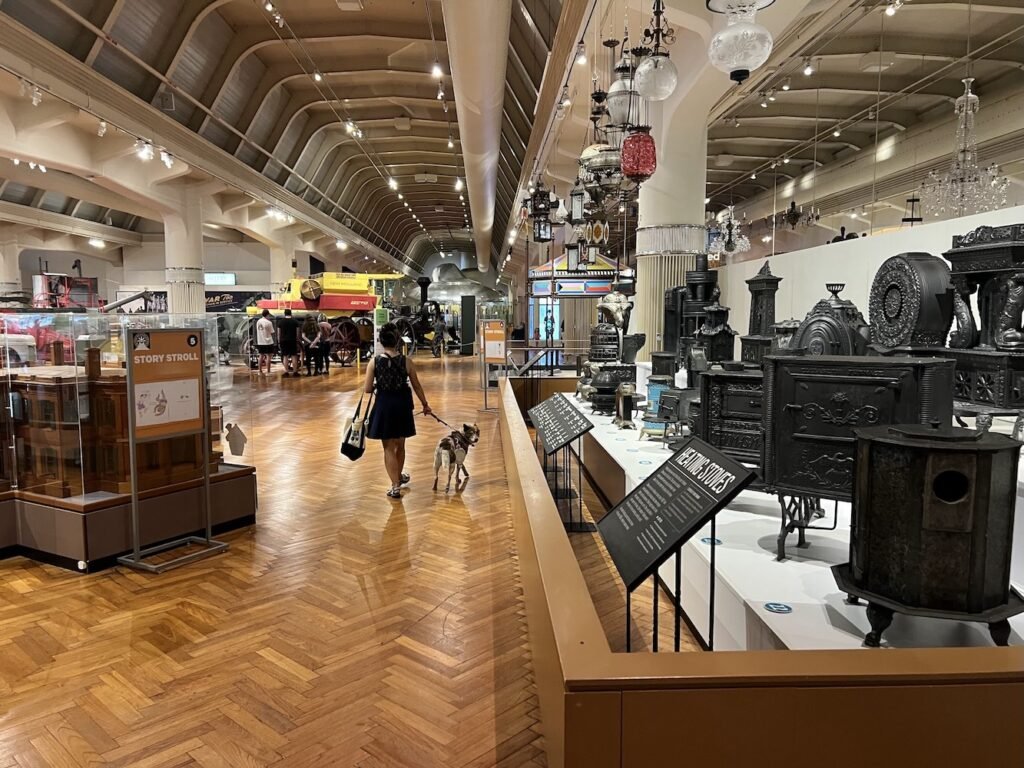


The Biggest Sports Stadium in the US
When we were in Baton Rouge we'd been in awe of the sheer size of Louisiana State University's football stadium, Tiger Stadium--and it turns out that it's not even the biggest one in the country! This distinction goes to Michigan University, which has a capacity of 109,901 (not sure where that random 1 person sits, it's a rather odd number)! It's the 3rd largest stadium in the world.

We got caught in a bit of rush hour traffic arriving in Ann Arbor, a city west of Detroit. We drove around the stadium (it was closed, no games on at the moment), and could see that it was obviously massive, although it's probably difficult to truly appreciate the size and scale of a stadium from the perimeter. Maybe one day we'll have the chance to watch a game at one of these mega stadiums and appreciate it for the gigantic structure that it is (although hopefully we won't be seated all the way at the top, where it'd look like we'd be watching ants playing!)
As we drove on, it started to rain fairly heavily, and for once, we felt the temperatures drop and give us some relief from the constant hot climate we've been experiencing. We parked at a rest stop, welcoming the cool breeze wafting through from outside as we settled in for the night.
Route Map
